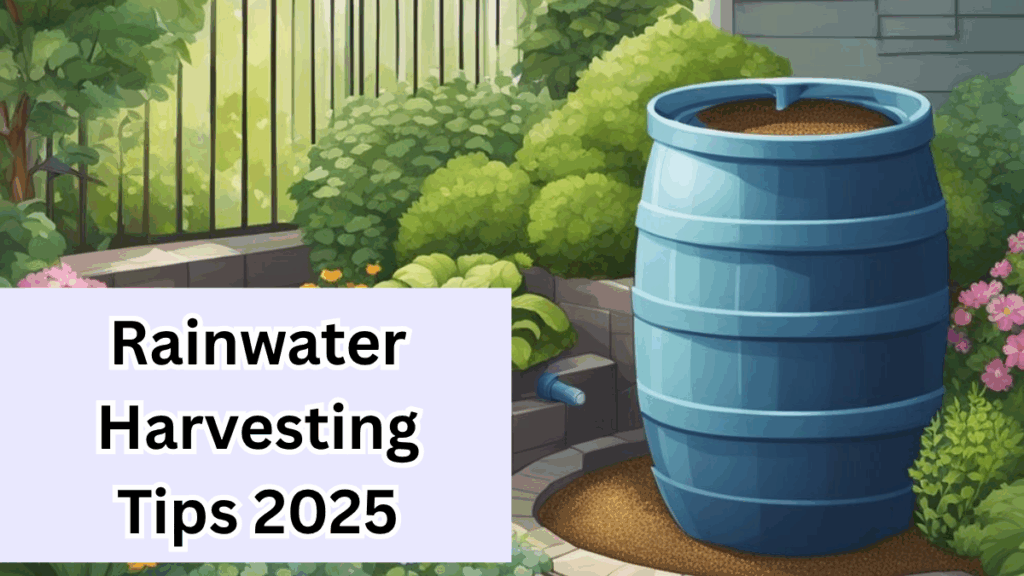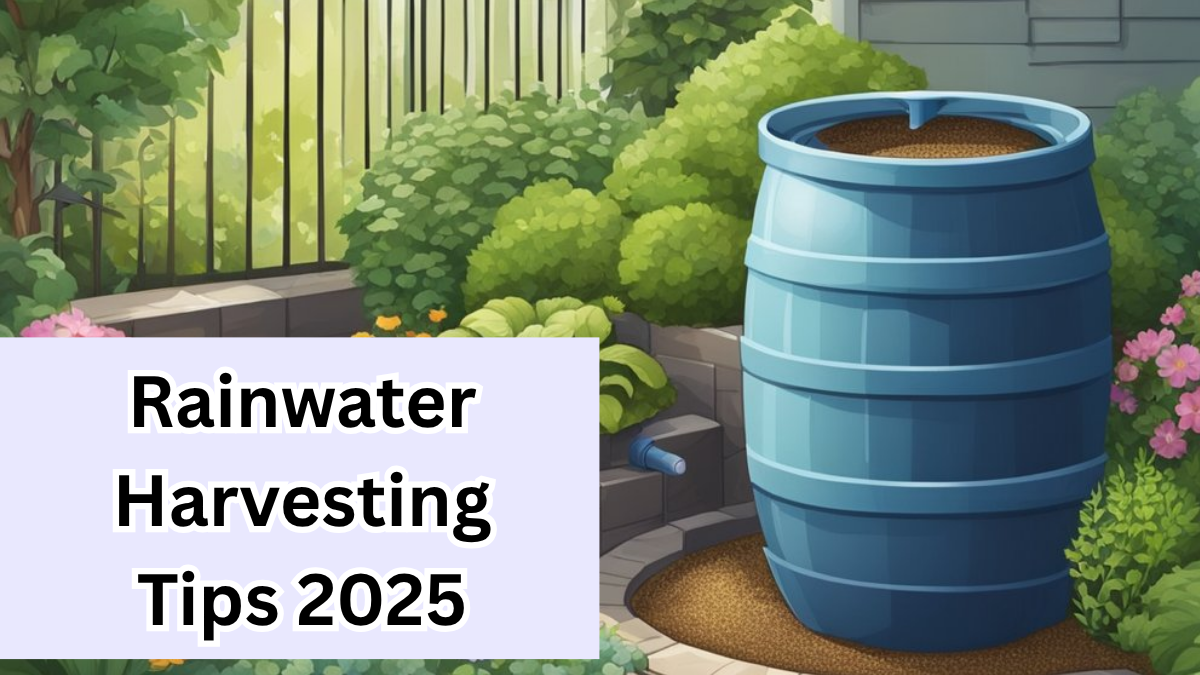As we face increasing water shortages and rising utility bills, more homeowners and gardeners are turning to sustainable solutions to conserve water. Rainwater Harvesting Tips 2025 focus on practical, affordable ways to collect and use rainwater effectively — and one of the best options is installing an affordable barrel system in your garden.
Using garden barrels to capture rainwater isn’t just eco-friendly; it’s also a budget-friendly way to keep your plants thriving without relying solely on tap water.

Why Choose Affordable Barrel Systems for Your Garden?
Before diving into the how-tos, let’s highlight why garden barrel systems are a smart choice:
-
Cost-Effective: Compared to complex irrigation systems, barrels are budget-friendly and easy to install.
-
Easy Setup: Most barrels come ready to connect with your downspouts or gutters.
-
Water Conservation: Collecting rainwater reduces dependence on municipal water.
-
Plant Health: Rainwater is naturally soft and free from chemicals like chlorine.
-
Eco-Friendly: Minimizes stormwater runoff, reducing soil erosion and pollution.
Top Rainwater Harvesting Tips 2025 for Your Garden Barrel System
To help you make the most of your rainwater harvesting setup, here are some handy tips:
1. Choose the Right Barrel Size and Type
-
Consider your garden size and typical rainfall to select an appropriately sized barrel (usually 50-100 gallons).
-
Look for barrels made from food-grade plastic or recycled materials for durability and safety.
2. Position Your Barrel Properly
-
Place the barrel beneath a downspout to catch maximum runoff from your roof.
-
Ensure it’s on a stable, level base to avoid tipping.
3. Install a Filter and Overflow Valve
-
Use a screen or mesh filter to keep leaves and debris out.
-
An overflow valve directs excess water away from your foundation.
4. Connect a Spigot or Hose
-
Attach a spigot near the barrel’s base for easy access to collected water.
-
You can also connect a hose for automated watering or drip irrigation.
5. Regular Maintenance
-
Clean gutters and filters regularly to prevent clogging.
-
Inspect barrels for cracks or leaks to ensure longevity.
Affordable Barrel Systems Comparison Table
| Feature | Basic Barrel System | Premium Barrel System | DIY Barrel System |
|---|---|---|---|
| Price Range | ₹3,000 – ₹5,000 | ₹7,000 – ₹10,000 | ₹1,500 – ₹3,000 |
| Material | Food-grade plastic | UV-resistant plastic | Recycled barrels |
| Included Components | Barrel, spigot | Barrel, spigot, filter | Barrel only |
| Ease of Installation | Easy | Moderate | Moderate to hard |
| Longevity | 3-5 years | 5-8 years | Variable |
| Best For | Small gardens | Larger gardens | Budget-conscious users |
Benefits of Using Affordable Barrel Systems in 2025
-
Lower Water Bills: Reduce your monthly expenses by watering your plants with free rainwater.
-
Sustainability: Contribute to local water conservation efforts and reduce your carbon footprint.
-
Plant Growth: Rainwater promotes healthier plants compared to tap water.
-
Convenience: Easy access to water right where you need it.
FAQs
1. How much water can a garden barrel collect?
A standard garden barrel can collect between 50 to 100 gallons of water, depending on its size and the amount of rainfall.
2. Is rainwater safe for all types of plants?
Yes! Rainwater is typically free from chemicals like chlorine and fluoride, making it ideal for watering most garden plants, vegetables, and flowers.
3. Do I need any permits to install a rain barrel?
In most areas, installing a rain barrel is permitted and encouraged, but it’s best to check local regulations before installation.
4. How often should I clean my rain barrel?
To prevent algae growth and clogging, clean your rain barrel and filters every 3 to 6 months, especially during the rainy season.
Click here to learn more
